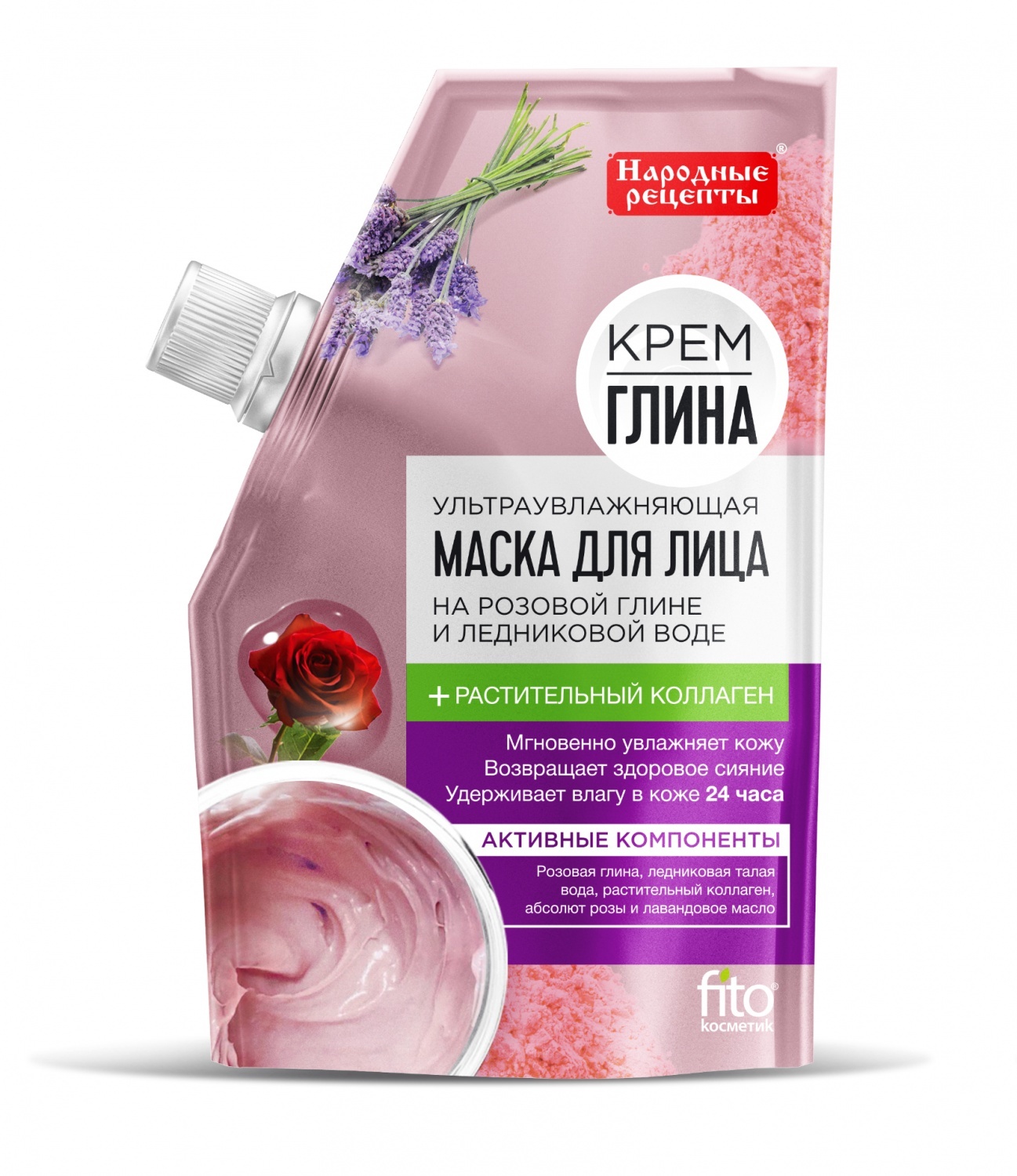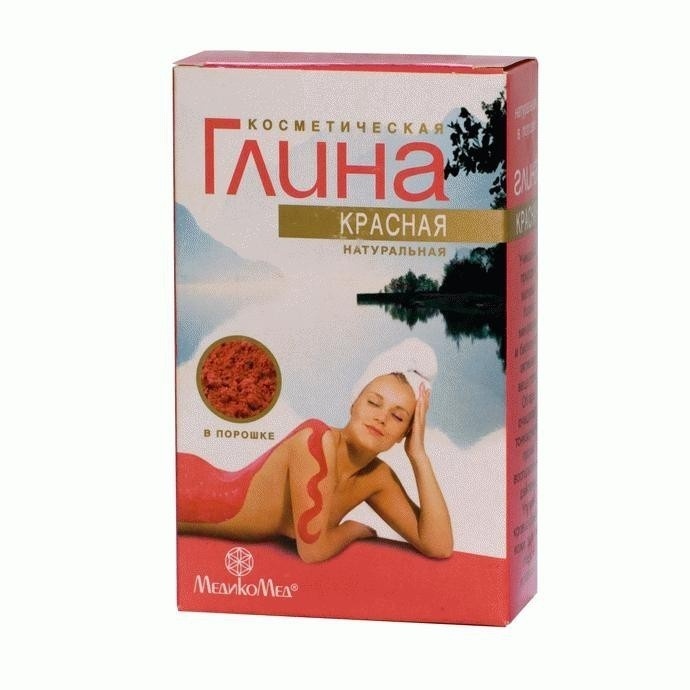
Pink clay is an ingredient with unique properties. Who Should Use Pink Clay?
Content
Find out how pink clay differs from its other varieties, in what cases and how to use the cosmetics it contains.
Clays are natural care products that have been used in many cultures for thousands of years. Their excellent cleansing and detoxifying properties are especially appreciated by lovers of natural care, devoid of any chemicals. When using the right clay, you can achieve results comparable to the effects after using complex creams and procedures in beauty salons. And all this in harmony with nature and at a fairly low price - after all, as an easily accessible raw material, cosmetic clays are not among the most expensive products on the market.
The pink version of clay differs from others in that it can be used for sensitive and allergy-prone skin. Where does it come from and what are its properties?
Pink clay - origin and characteristics of the product
Although it is a natural product, pink clay does not occur naturally. This is because it is made from a combination of white and red clay mixed together during the production phase. The 1:2 composition guarantees this natural powder a characteristic pink hue. The largest percentage of pink clay available on the market comes from France, although you can also find products from other countries such as Jordan.
Pink clay, like other options, consists of many elements: aluminum, iron, magnesium, sodium, silicon, potassium and calcium. This combination of ingredients in the right proportions gives it unique properties.
Properties of pink clay
The pink version combines the properties of white and red clay from which it is made. White clay, also used in the manufacture of porcelain, is very gentle, making it suitable for even very sensitive skin. Unlike other clays, especially green or black, it does not dry out the skin, but at the same time deeply cleanses and detoxifies. It also soothes irritations and has anti-inflammatory properties. It also regulates the sebaceous glands. This makes it ideal for skin that often causes problems in daily care - dry and hypersensitive, but at the same time prone to rashes and acne.
In turn, red clay is a product with a more intense effect. In addition to its cleansing and healing effect, it also constricts dilated blood vessels and evens out skin tone by stimulating blood circulation. For this reason, it is often used as an adjunct in the treatment of rosacea.
Pink clay combines the features of these two options, showing the action:
- soothing and soothing,
- even skin tone,
- stimulation of blood circulation,
- smoothing,
- healing and regeneration,
- anti-inflammatory agent
- detox,
- absorbent (removes dead epidermis and excess sebum),
- tonic.
What kind of skin is pink clay recommended for?
This clay option can be used by people with problem skin, which is also prone to dryness, vasodilation, allergies and rashes. This is a product that should not cause allergies or irritate sensitive skin.
If you're concerned about an allergic reaction, it's certainly worth talking to your dermatologist about using the clay and doing a test, such as applying some clay to your wrist. This way you can check if your hyperactive skin will like the clay. However, it is generally the most versatile type of clay and works well for all skin types.
If you have oily skin that is prone to blemishes, blemishes, and excess sebum, you are more likely to get better results with green, blue, or black clay. However, pink clay will also enhance the look of your face.
How to use pink clay for face?
Like other clays, pink clay can be bought in powder form. If it is a XNUMX% natural product, then the powder should interest you. It is pure clay that you mix with water. It's also worth checking out how it's made - preferably it's dried naturally in the sun and ground without the use of any chemicals.
- Add enough water to the powder until the clay becomes a thick paste after mixing. To make pink clay an even softer product, you can mix it with floral water, i.e. hydrolate, with a pH close to the natural reaction of the skin.
- Cleanse the skin - preferably immediately before the procedure, to ensure the best absorption of the active ingredients.
- Apply clay to your face.
- Leave for 10-15 minutes. During this time, it will harden into a shell.
- Wash the "shell" off your face.
The pink clay mask should be applied to the face at least once a week. You will quickly notice an improvement in skin tone, increased radiance and reduced blemishes.
If you prefer ready-made products, you might be interested in the Nacomi Pink Clay Mask. This natural beauty product is enriched with grapefruit extract and rosehip oil, which enhance the effect of an even color.
Products from pink clay - what to choose?
Pink clay is so delicate that it can be safely used in everyday care. There are lines of facials on the market that have used it as an ingredient. An example is the Bielenda line of botanical clays with pink clay, where you can buy, among other things, a facial cleansing paste or a day and night cream. It is worth knowing that these products are not only natural, but also vegan.
You will also find pink clay in hair removal products. Depilatory creams enriched with it are gentler on sensitive skin. Such products can be found, among others, in the Bielenda offer.
If you want to test the potency of the clay for yourself but are worried about irritation, start your adventure with these natural ingredients with the pink version. You may not need to look further!
For more beauty articles, visit AvtoTachki Pasje.
:

